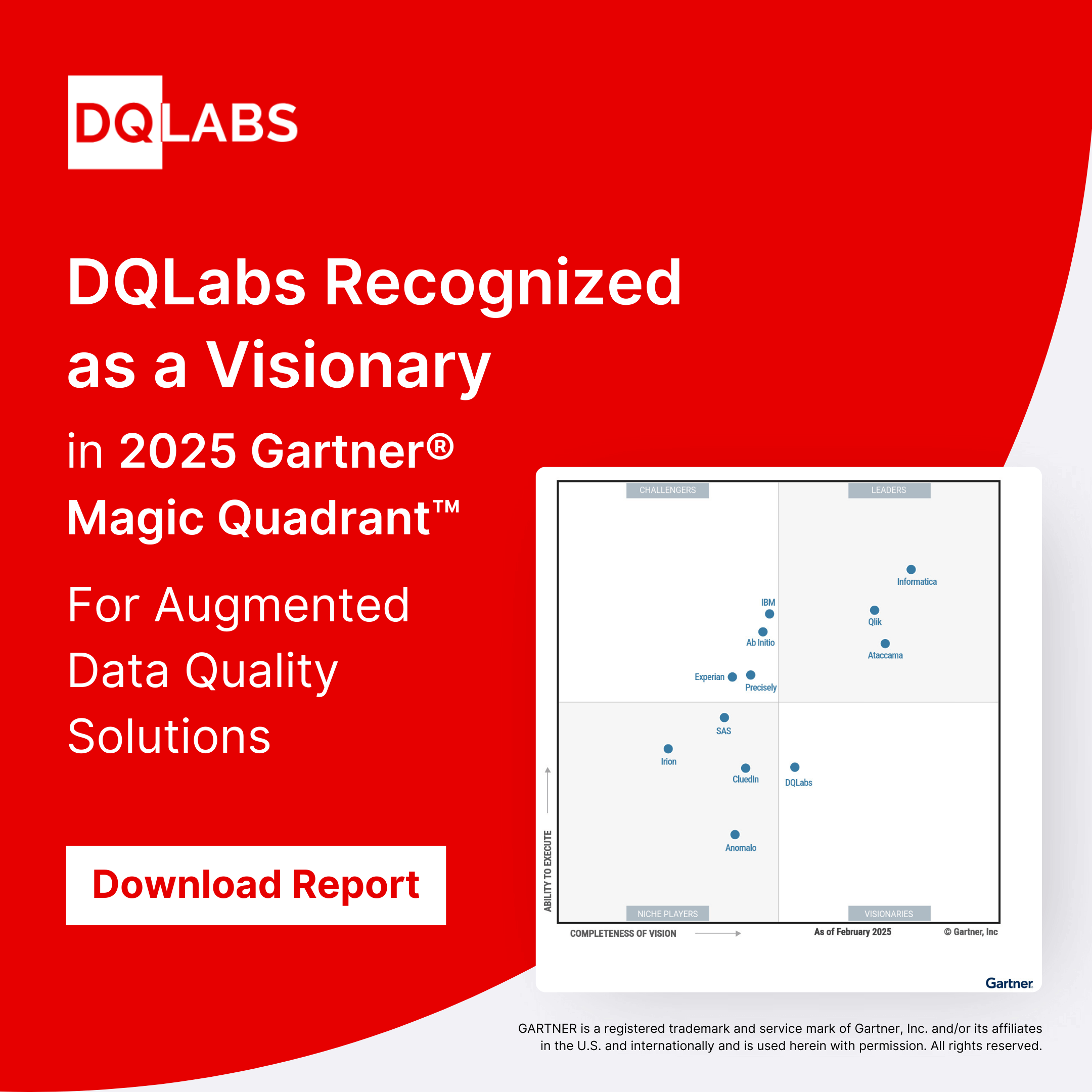As described in our previous article on Data Fabric Architecture should focus on Data Quality, we talked briefly about what data fabric entailed. This article will dwell deeper on what it involves, the various elements that compose it, its advantages, and how it helps businesses.
As per Gartner, data fabric is a custom-made design that gives reusable data services, pipelines, APIs, or semantic tiers via a combination of data integration approaches in an organized fashion. Data fabric enables frictionless access and sharing of data in a distributed data environment. In addition, it allows a single and consistent data management framework, which allows seamless data access and processing by design across otherwise siloed storage.
Some of the components of data fabric include;
Enable Multiple Data Access Sources
A data fabric should be designed as a network. The network-based method forms the basis for everything else a data fabric can offer. Furthermore, it should take play on this network structure to provide full access controls for your information. Instead of sharing copies of data, you’re giving permissions for users to access your single source. Because these controls are inserted at the data level, they will exist wherever that data appears.
The networked design and data-level permissions remove the need to copy data from app to app and perform integration projects. Thus, reducing the cost and time of building new tech while setting up meaningful data ownership and privacy.
Data fabric must have autonomous data
It allows separating data from the application, creating autonomous data independently, and accessing multiple applications without requiring point-to-point integration efforts. This autonomous data has several uses and makes for an incredibly efficient way to build new solutions.
Autonomous data also offers you the ability to add new features and capabilities to legacy systems easily. These projects can traditionally be very disappointing, as even the ones that “should be simple” are not because of legacy systems’ rigid and fragile architecture. Working with a data fabric becomes easier by supplementing existing applications with new abilities. Data fabric represents an end to the standard buy/build/integrate pattern.
Create and curate knowledge graphs
Plasticity is the ability to reorganize and reshape existing information in a more efficient manner. It constantly self-optimizes to make more efficient connections between the things you learn.
Knowledge graphs help to enrich data with semantics thus helping data and analytics managers get more business value from the data. The knowledge graph becomes more intuitive, thus easy to interpret, courtesy of the semantic layer.
Reliability and Security
Meaningful data ownership is key to protecting personal privacy and enterprise security. Furthermore, it can be viewed as a foundational step for entering the hyper-intensive data future of AI/ML, IoT, and other emerging technology.
With so many data copies, there’s no such thing as “data ownership.”Any attempts to control data are questionable until data copying has been checked and data ownership has meaning. Information is only as secure as its most vulnerable copy.
Data fabric should provide a good platform for establishing and enforcing meaningful data ownership by eliminating copies and control access.
Convert passive metadata to active metadata
Metadata is data about the data. It’s the answer to opening the magic of a data fabric. Traditional metadata is inactive, severely curbing its usefulness. A data fabric makes this metadata active. Thus it is updated in real-time and can be queried, analyzed, and interacted with.
In order to share data without friction, businesses and organizations must activate metadata. Data fabric must, therefore;
- Analyze available metadata on a continuous basis, for key metrics thereafter build a graph model.
- Depict metadata in graphical representations.
Collect and analyze all forms of metadata
A mechanism that works like a connected pool of metadata, and one that enables data fabric to identify, connect, and analyze different metadata types such as technical, business, operational, should be in place.
Fully-fledged metadata-driven experiences require a mature data fabric with a substantial assortment of connected data sources, making them a future state technology.
These metadata-driven experiences guarantee to reshape the way solutions come in the future, empowering data owners and allowing enterprise users to create custom data solutions without involving IT resources. The benefits of this are; faster build times and simplified, personalized solutions.
Large data integration backbone
This is a situation where a network becomes more effective and more efficient as more nodes are connected.
Data fabric ought to be compatible with different data delivery styles. It should support all users and types of data users.
Why do we need data fabric in a business?
Implementing a data fabric to manage the collection, governance, integration, and sharing of data can help organizations meet these challenges and become digital leaders. This it does by;
- Providing a single environment for accessing and collecting all data, no matter where it’s located and no matter how it’s stored – eliminating data silos
- Enabling simpler and unified data management, including data integration, quality, governance, and sharing, by eliminating multiple tools and providing faster access to healthier, more trustworthy data
- Delivering greater scalability that can adapt to increasing data volumes, data sources, and application
- Making it easier to leverage the cloud by supporting on-premise, hybrid and multi-cloud environments and faster migration between these environments
- Reducing reliance on legacy infrastructures and solutions
- Future-proofing the data management infrastructure as new data sources and endpoints, along with new technologies, can be added onto the data fabric without disrupting existing connections or deployments.
Conclusion
DQLabs.ai offers the breadth of abilities needed by modern data-driven businesses in a united environment with a native architecture that helps them adapt to changes faster with fixed data integrity. DQLabs’ unique differentiators make it possible to deliver healthy, clean, complete, and uncompromised data.
